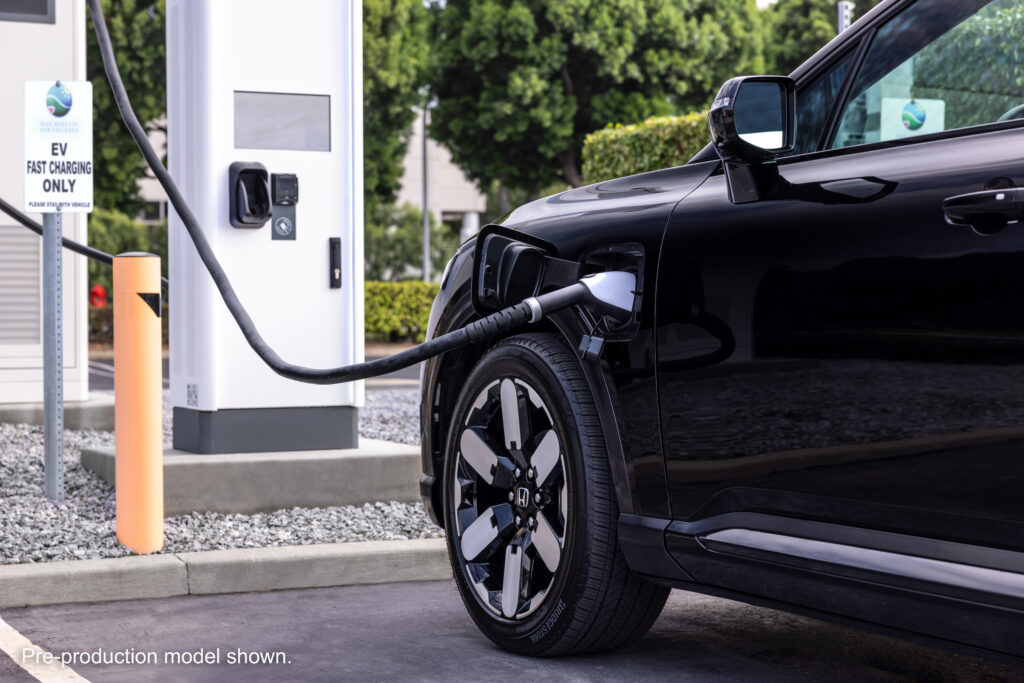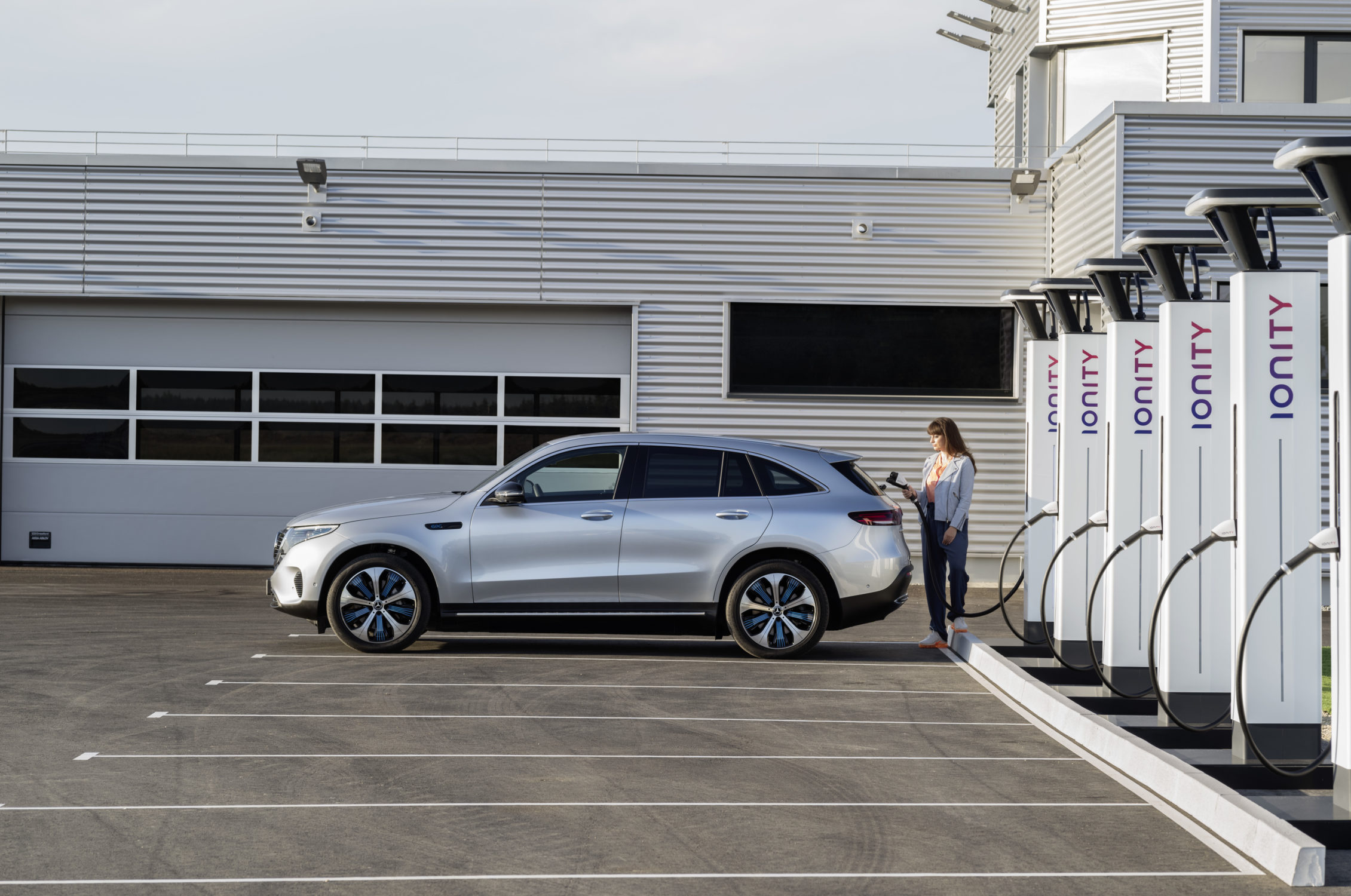The Dithering of Governments Slows EV Charging Infrastructure

Generation EQ, Exterieur, induktive Ladeplattform ; Generation EQ, exterior, inductive charging platform;

The transition to electric vehicles (EVs) is a critical step towards reducing greenhouse gas emissions and combating climate change. However, the progress in establishing a robust EV charging infrastructure has been hindered by the lobbying efforts of oil and car companies in both Europe and America. This article explores the driving causes behind this issue, the environmental implications, and potential solutions to overcome the influence of big money and support a clean energy future.
Driving Causes
- Lobbying by Oil Companies: Oil and gas companies have a vested interest in maintaining the status quo of fossil fuel dependency. They spend millions on lobbying to influence government policies and regulations, often resulting in delays and weakened environmental regulations. For instance, in 2022, the top oil and gas companies spent over $124.4 million on federal lobbying in the U.S. This lobbying effort is aimed at promoting policies that favor the continued use of fossil fuels, such as subsidies for oil and gas exploration, and opposing policies that would promote renewable energy and EV infrastructure. By creating a favorable legislative environment for their industry, oil companies can maintain their market dominance and profitability.
- Lobbying by Car Companies: Traditional car manufacturers, particularly those heavily invested in internal combustion engine (ICE) vehicles, also lobby against stringent EV regulations. They fear that rapid EV adoption could disrupt their business models and lead to significant financial losses. These companies often lobby for more gradual transitions and seek to delay or weaken regulatory measures that would mandate higher EV production. The argument often presented is that the current infrastructure and market demand are not sufficient to support a rapid shift to EVs, and that more time is needed to develop and transition smoothly.
- Political Inertia: Governments often face political pressure to balance economic growth with environmental sustainability. This can lead to a lack of decisive action and slow implementation of policies that support EV infrastructure development. Politicians, wary of alienating powerful interest groups and voters who may be concerned about the economic impact of rapid changes, tend to adopt a cautious approach. This inertia results in half-measures and compromises that fail to address the urgent need for a comprehensive EV infrastructure.

Environmental Issues
- Greenhouse Gas Emissions: The continued reliance on fossil fuels contributes significantly to greenhouse gas emissions, which are the primary drivers of climate change. Transitioning to EVs can help reduce these emissions, but the lack of charging infrastructure hinders widespread adoption. Fossil fuel combustion in vehicles releases carbon dioxide and other greenhouse gases, which trap heat in the atmosphere and lead to global warming. EVs, on the other hand, produce no tailpipe emissions, and when powered by renewable energy, have a much lower carbon footprint.
- Air Pollution: ICE vehicles emit pollutants such as nitrogen oxides and particulate matter, which have adverse effects on air quality and public health. EVs produce no tailpipe emissions, but the environmental benefits are only realized if the electricity used for charging comes from renewable sources. Air pollution from ICE vehicles is linked to respiratory and cardiovascular diseases, and contributes to smog formation, which affects both urban and rural areas. EVs can significantly reduce these pollutants, improving air quality and public health outcomes.
- Resource Extraction: The production of EV batteries requires significant amounts of minerals like lithium, cobalt, and nickel. The extraction of these resources can have environmental and social impacts, including habitat destruction and human rights violations. Mining for these materials often takes place in regions with lax environmental regulations and poor labor conditions, leading to deforestation, water pollution, and exploitation of workers. Addressing these issues requires sustainable mining practices and the development of recycling technologies for battery materials.

Overcoming Big Money Influence
- Public Awareness and Advocacy: Raising public awareness about the benefits of EVs and the environmental impact of fossil fuels can create grassroots pressure on governments to act. Advocacy groups and environmental organizations play a crucial role in mobilizing public support. Public campaigns, educational programs, and media coverage can highlight the urgency of transitioning to clean energy and the potential benefits of a robust EV infrastructure. By engaging the public and building a broad coalition of support, these efforts can counteract the influence of powerful lobbyists.
- Policy and Regulation: Governments need to implement strong policies and regulations that incentivize the development of EV infrastructure. This includes tax credits, subsidies, and grants for EV charging stations. Stricter environmental regulations can also limit the influence of fossil fuel lobbyists. Policies such as carbon pricing, renewable energy mandates, and zero-emission vehicle (ZEV) standards can drive investment in EV infrastructure and accelerate the transition to clean energy. Additionally, governments can establish public-private partnerships to leverage private sector expertise and resources in building EV charging networks.
- Private Sector Investment: Encouraging private sector investment in EV infrastructure is essential. This can be achieved through public-private partnerships, where governments collaborate with private companies to build and maintain charging networks. Private sector involvement can bring innovation, efficiency, and scale to infrastructure projects, making them more cost-effective and resilient. By creating a favorable investment climate through policies and incentives, governments can attract the necessary capital to develop a comprehensive EV charging network.
- International Cooperation: Global collaboration is necessary to address the challenges of EV adoption and infrastructure development. International agreements and funding mechanisms can support countries in transitioning to clean energy. Initiatives such as the Paris Agreement provide a framework for countries to work together on reducing greenhouse gas emissions and promoting sustainable development. International organizations can facilitate knowledge-sharing, technical assistance, and financial support for EV infrastructure projects in developing countries, ensuring a more equitable transition to clean energy.
In conclusion, the dithering of governments due to lobbying efforts by oil and car companies has created a problematic situation for the widespread adoption of EVs. Addressing this issue requires a multifaceted approach, including public awareness, strong policies, private sector investment, and international cooperation. By overcoming these challenges, we can pave the way for a cleaner, more sustainable future.








